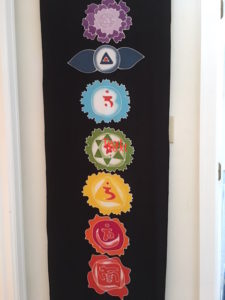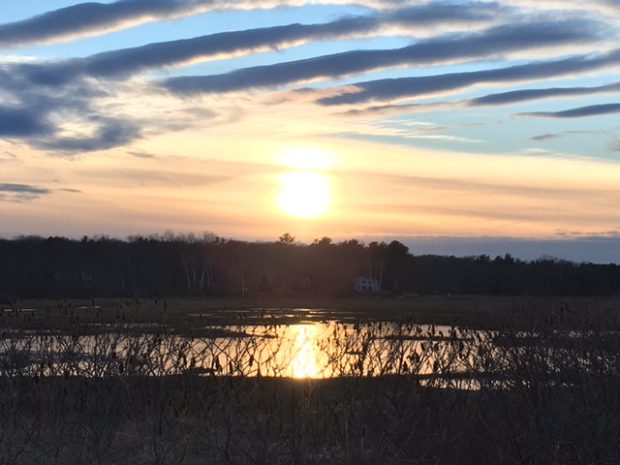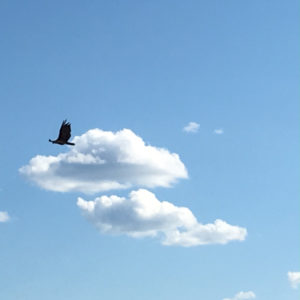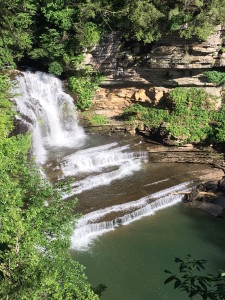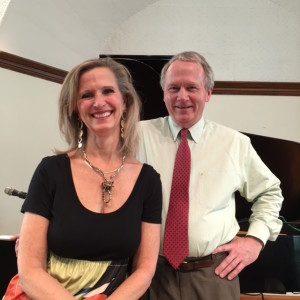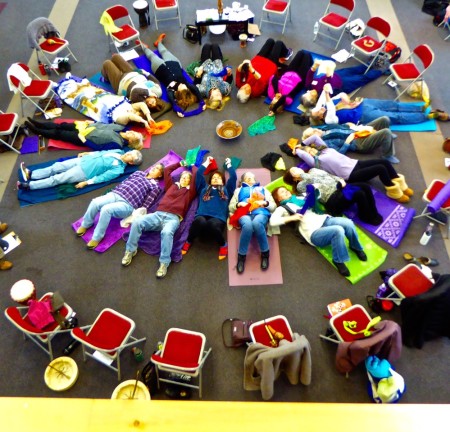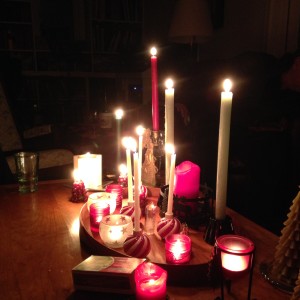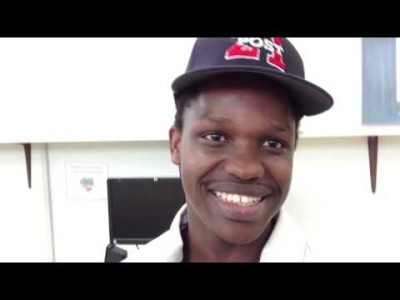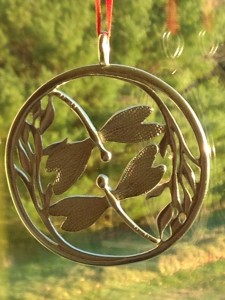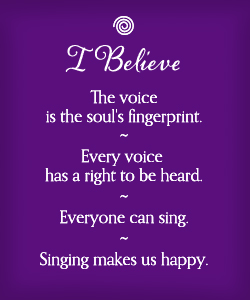Chakra Toning/Journaling Sequence
The following exercise utilizes sound to open the chakras. I use the word tone, which in Latin means “stretched sound,” to mean sounding a vowel without words for as long as is comfortable, then breathing when you need to, and sounding the same vowel again. It’s like chant without the words. The vibration of your own sound reverberating throughout your body opens space in all of your cells. When we focus a specific vowel and pitch on a particular region of the body, as in the chakras, the added intention opens the energy in that part of the body. As Jonathan Goldman said, “Frequency + intention = healing.” In other words, adding intention to the sound amplifies the physical effects in the body, allowing our natural energy to flow more freely.
In this sequence, we will tone 3 chakras to open their energy and then pause to answer a question. We are toning the 7 major chakras plus 2 others. You can tone each chakra as long as you like. It has been demonstrated that when we tone one vowel sound or note for three minutes, our brain waves change to entrain to the sounding vibration. Tone each chakra a minimum of 5-6 breaths. Let your body decide when it feels done. Then read the prompt question and write whatever comes up, without censorship, judgment or punctuation. This is a way to channel and hear your inner wisdom.
For each chakra, I have listed the physical location of the chakra, followed by the vowel sound in brackets, the element associated with each chakra, the color, the organs, and the focus of each chakra’s energy. Start with the root chakra low in your range and sing each chakra a note higher than the last one as you ascend to the 8th chakra. It does not need to be a scale, nor do you need to know what the note is. Just allow your voice to go a little higher for each ascending chakra.
1- Tone: Root Chakra- base of your spine – tailbone – [uh] low in your range, Earth energy, red, adrenal glands, detoxing, Survival, Fear, Security, life/death, primal instincts, “I exist.”
2- Sacral Chakra – about 2 inches below the navel/ low belly – [oo], Water, orange, reproductive organs, life force, sensuality, sexuality, creativity, pleasure/pain, “I desire/I feel.”
3- Solar Plexus Chakra – solar plexus, just under the diaphragm – [oh], Fire, yellow, digestion, gut, intuition, power, control, will, self-empowerment, “I will, I control.”
- Journal ? – What feels stuck now and what would you like to let go of this year?
4- Tone Heart Chakra – heart – [ah], Air, green (or pink, if you are drawn to that color), heart, lungs, healing, Love, compassion, acceptance of all life, ” I love.”
5- High Heart Chakra – 3-4 inches above the center point between the breasts – a brighter [a] than heart chakra, Air/Ether, turquoise/aquamarine, thymus gland which regulates the immune system, intent, connection between reason and emotions of the heart, gate to Higher Consciousness, “I open.”
6- Throat Chakra – throat, [I] – which becomes two vowels [ah + ee], Ether/Space, sky blue, voice, thyroid gland, communication, creativity, able to speak up and ask for what you need, “I create and express.”
- Journal ? – What does your Heart Voice want to say to you?
7- Tone Third Eye Chakra – point between and slightly above the eyebrows – [aye] as in the long vowel sound of the letter [a], Light/Mind, indigo, pituitary gland, endocrine system, wisdom, intuition, inner wisdom, “I am the Witness.”
8- Crown Chakra – top of the head, [ee], Transcendence, Beyond Elements, white or purple (go with the color that draws you), controls body and mind, One with Source, enlightenment, connection to the Divine, “I am One with all.”
9- Soul Star Chakra – above the head from 6″ up to 2 feet above the head, start a hand’s width above your head – [om], sacred space, white, higher Self, Spiritual connection, the point where Spiritual energy enters and filters down throughout the body, letting go, infinite energy, spiritual compassion, Divine wisdom, “I transcend.”
- Journal ? – What guidance does your Soul or Higher Self have for you at this time?
